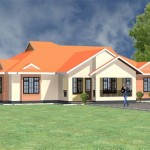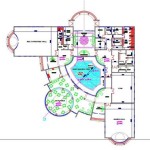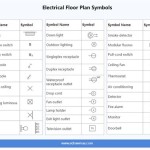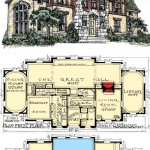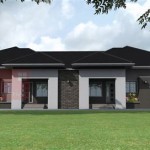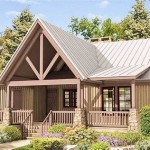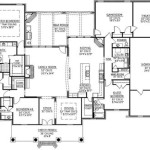Essential Aspects of Small-Scale Pig Housing Plans
For those venturing into small-scale pig farming, designing a functional and efficient housing system is paramount. This article delves into crucial considerations when planning small-scale pig housing, ensuring optimal animal welfare and productivity.
1. Location and Site Selection
Choosing an appropriate location is vital. Ideal sites offer good drainage, natural protection from wind and predators, and proximity to water and feed sources. Consider local regulations and avoid areas prone to flooding or contamination.
2. Design and Dimensions
Housing design should prioritize animal comfort and disease prevention. Provide ample space for pigs to move, rest, and interact. Adequate height and ventilation prevent ammonia buildup. Plan for separate areas for feeding, sleeping, and waste management.
3. Materials and Construction
Use durable and easy-to-clean materials to ensure longevity and hygiene. Consider concrete floors for ease of waste removal, and sturdy walls and fencing for containment. Ventilation systems and windows facilitate proper airflow and reduce the risk of respiratory problems.
4. Lighting and Temperature Control
Natural sunlight is crucial for pig health. Provide windows or skylights to allow ample light into pens. Temperature regulation is essential, with proper heating and cooling systems to maintain optimal conditions year-round.
5. Waste Management
An efficient waste management system is crucial to prevent disease and maintain a healthy environment. Plan for solid waste disposal through composting or manure handling equipment. Liquid waste can be diverted through a flushing system or storage tanks.
6. Feeders and Waterers
Provide adequate feeders and waterers to ensure pigs have constant access to food and water. Consider automatic watering systems to reduce labor and improve hygiene. Choose feeders that minimize feed waste and allow for easy cleaning.
7. Health and Biosecurity
Maintain strict biosecurity measures to prevent disease outbreaks. Implement a vaccination program, quarantine new pigs, and limit access to the facility. Provide adequate space for isolation or treatment areas to manage sick animals.
Conclusion
Designing Small-Scale Pig Housing Plans requires careful consideration of various factors to ensure animal welfare, productivity, and sustainability. By implementing these essential aspects, small-scale pig farmers can create optimized housing systems that promote healthy pigs and maximize profits.

Livestock Kenya Pig Housing Plans For Small Scale Farmers

How To Farm Pigs Housing The Pig Site

Livestock Kenya Pig Housing Plans For Small Scale Farmers

Plans For Hog Houses Livestock Small Farmer S Journal House Design Barn Shooting

How To Farm Pigs Housing The Pig Site

Floor Plan Of Three Pig Housing Rooms In A Study On The Effects Scientific Diagram

Basic Infrastructure For Small Scale Pig Farming

Livestock Kenya Pig Housing Plans For Small Scale Farmers

Plans For Hog Houses Livestock Small Farmer S Journal Pig House Farming Barn Design

Pig House Plans Howtospecialist How To Build Step By Diy

